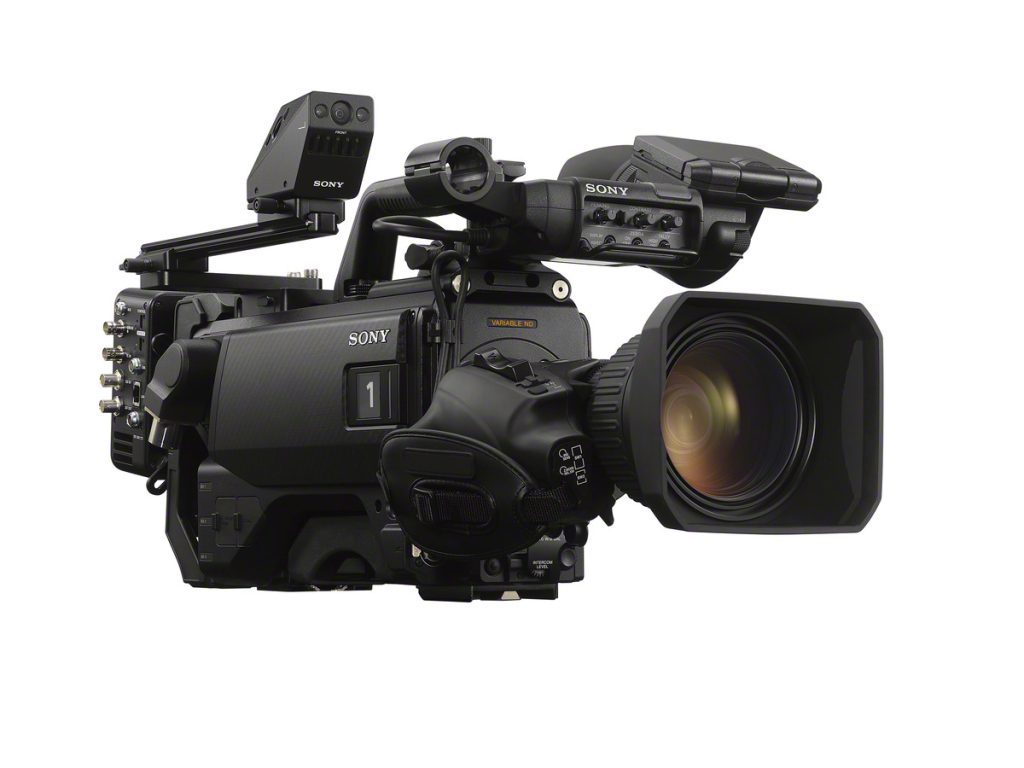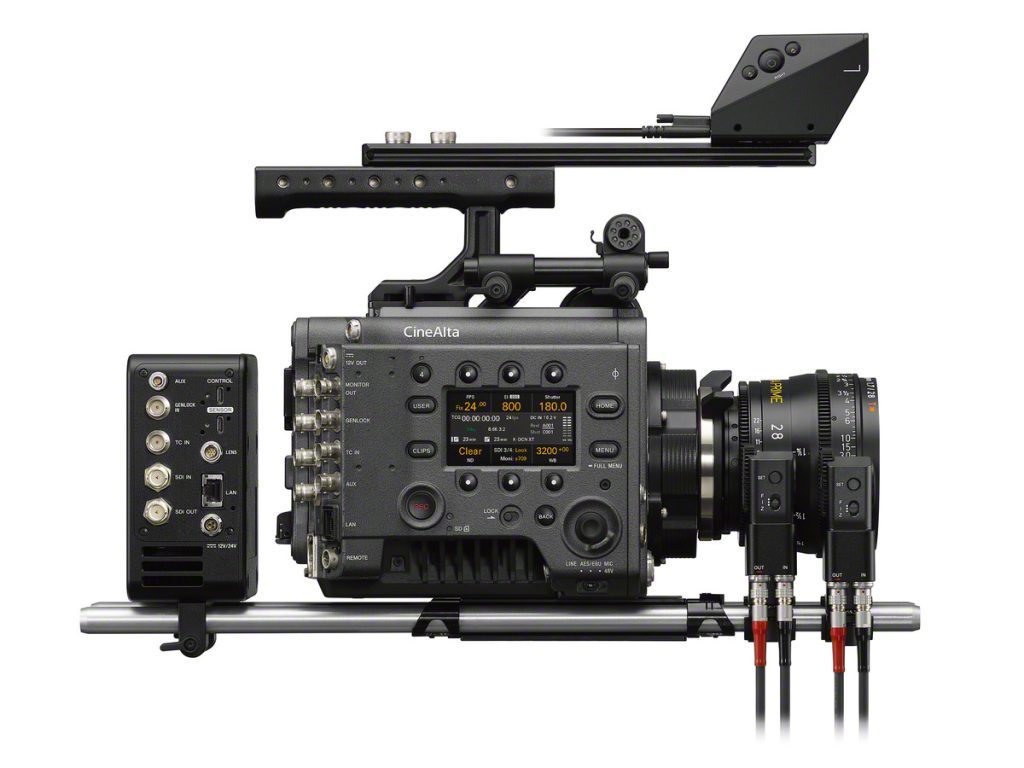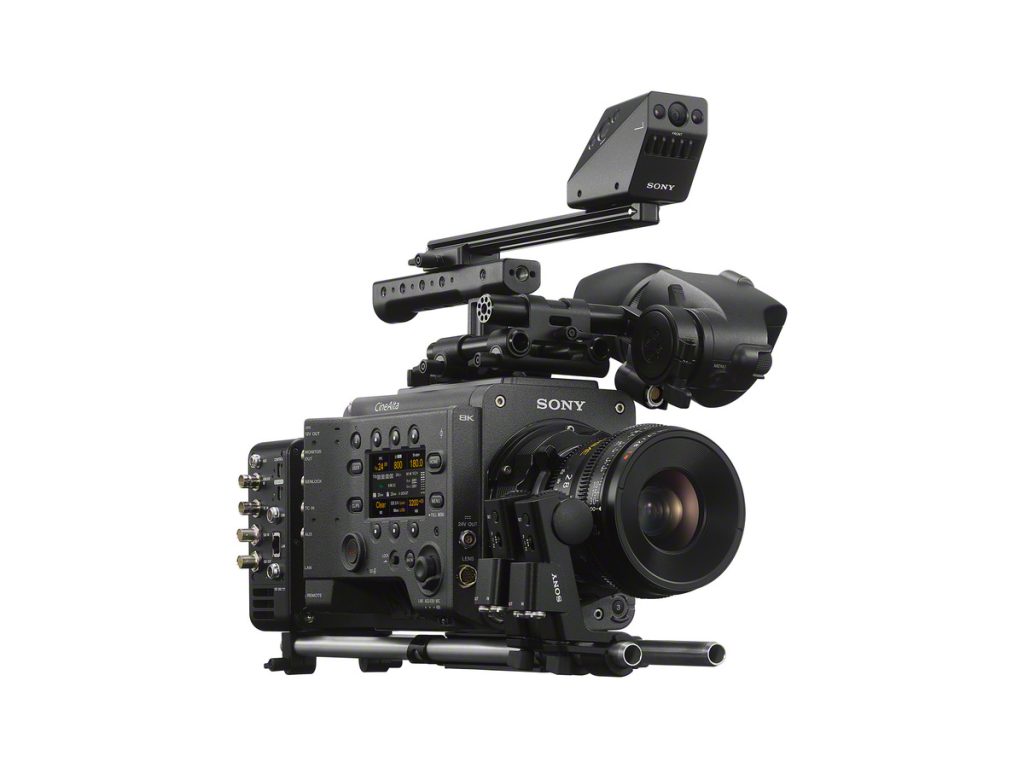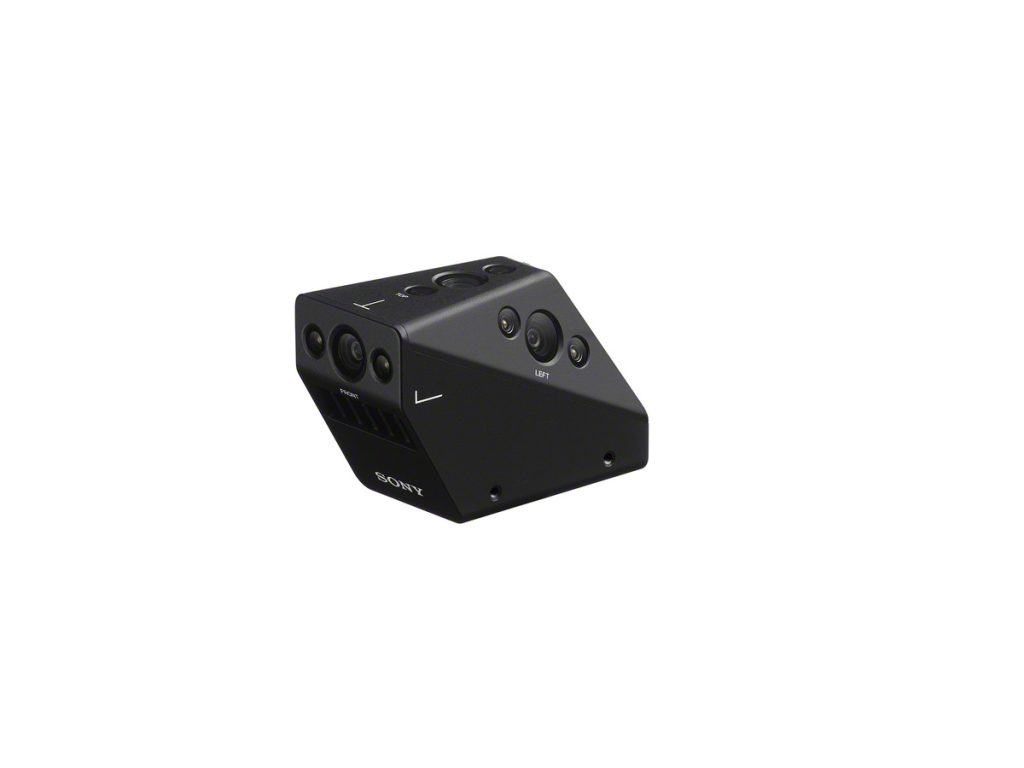Sony has unveiled OCELLUS, a camera tracking system designed to enhance augmented reality and virtual production workflows. The new system, which eliminates the need for traditional tracking markers, integrates seamlessly with both cinema and broadcast cameras, providing filmmakers and broadcasters with a streamlined, high-precision tracking solution.
A New Era of Camera Tracking
With augmented reality (AR) and virtual production (VP) reshaping the landscape of filmmaking and broadcasting, Sony’s OCELLUS (ASR-CT1) aims to simplify these processes by offering stable, marker-free tracking. Unlike conventional tracking systems that rely on external markers, OCELLUS utilises multiple sensors and Sony’s Visual SLAM (Simultaneous Localisation and Mapping) technology to create a reference map in real-time, ensuring accurate positioning both indoors and outdoors.
Designed to be camera-agnostic, OCELLUS works with a range of cinema and broadcast cameras, including Sony’s Cinema Line and system cameras, as well as non-Sony models. This flexibility makes it an appealing option for professionals in film production, live sports, news, and weather broadcasting.




Advanced Features for Seamless Integration
OCELLUS consists of three key components: a sensor unit, a processing box, and three lens encoders. The system continuously tracks a camera’s position and orientation while capturing footage, allowing for precise real-time data transmission. The sensor unit, equipped with five image sensors, ensures consistent tracking by leveraging at least one valid feature point at any given time. Additionally, infrared LEDs assist tracking in low-light conditions, while a Visible Light Cut Unit enhances performance in environments with fluctuating lighting.
For users operating Sony cameras, OCELLUS can extract metadata on focus, iris, and zoom values directly through the camera’s SDI output. This data is then transmitted via Ethernet to external rendering software like Unreal Engine. If a lens does not support direct metadata acquisition, Sony’s lens encoders capture this information and send it to the processing box, ensuring seamless metadata integration for both AR and VP applications.
The processing box plays a crucial role in real-time data transmission, offering genlock and timecode inputs to synchronise tracking data with video footage. It also supports SDI input/output, enabling metadata recording alongside video files for post-production workflows. An OLED display provides a quick reference for tracking details, IP addresses, and lens data.
Enhancing Virtual Production Workflows
Sony has positioned OCELLUS as a key component in its growing suite of virtual production tools. It complements existing solutions such as the Crystal LED VERONA display and Sony’s Virtual Production Toolset, further strengthening the company’s presence in the evolving VP landscape.
By addressing long-standing challenges in camera tracking—such as occlusion resistance and metadata integration—OCELLUS offers filmmakers and broadcasters a robust solution that enhances both pre- and post-production workflows.
Availability and Market Launch
Sony will showcase OCELLUS at the National Association of Broadcasters (NAB) Show in Las Vegas on 6 April 2025. The system is expected to be available in South Africa from Q4 2025.
For more details, visit: Sony Professional Solutions


